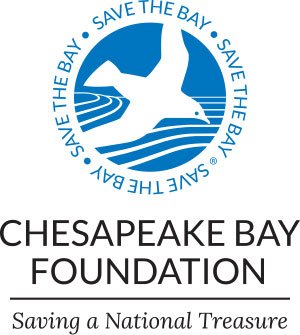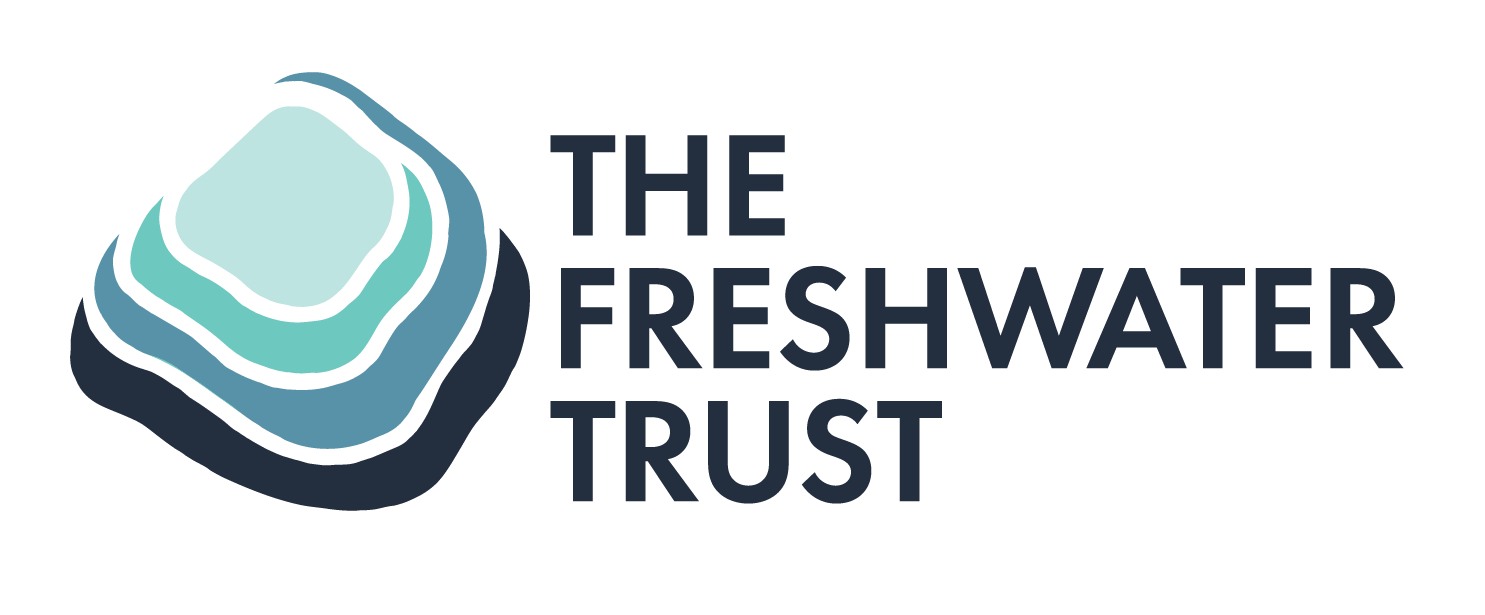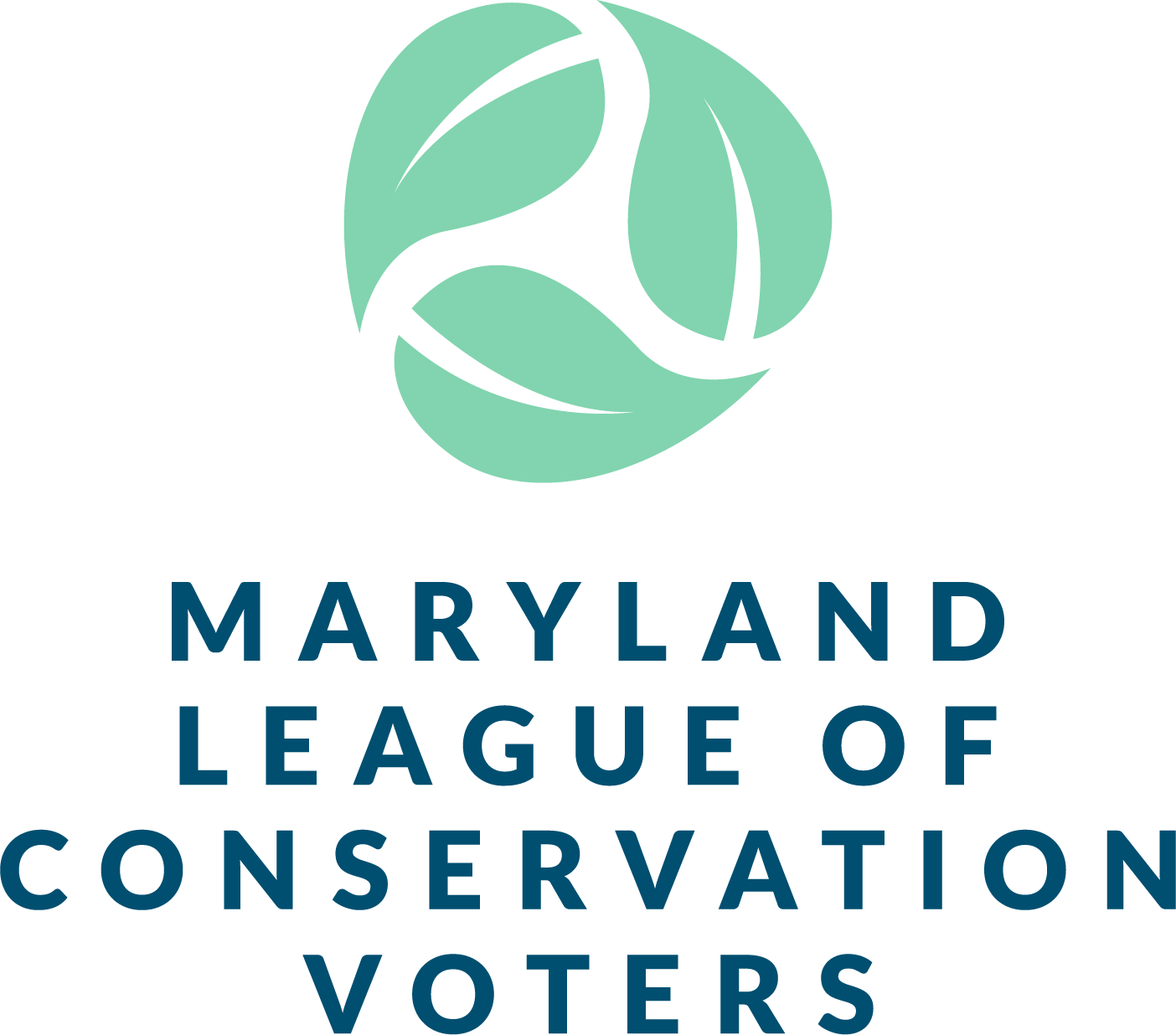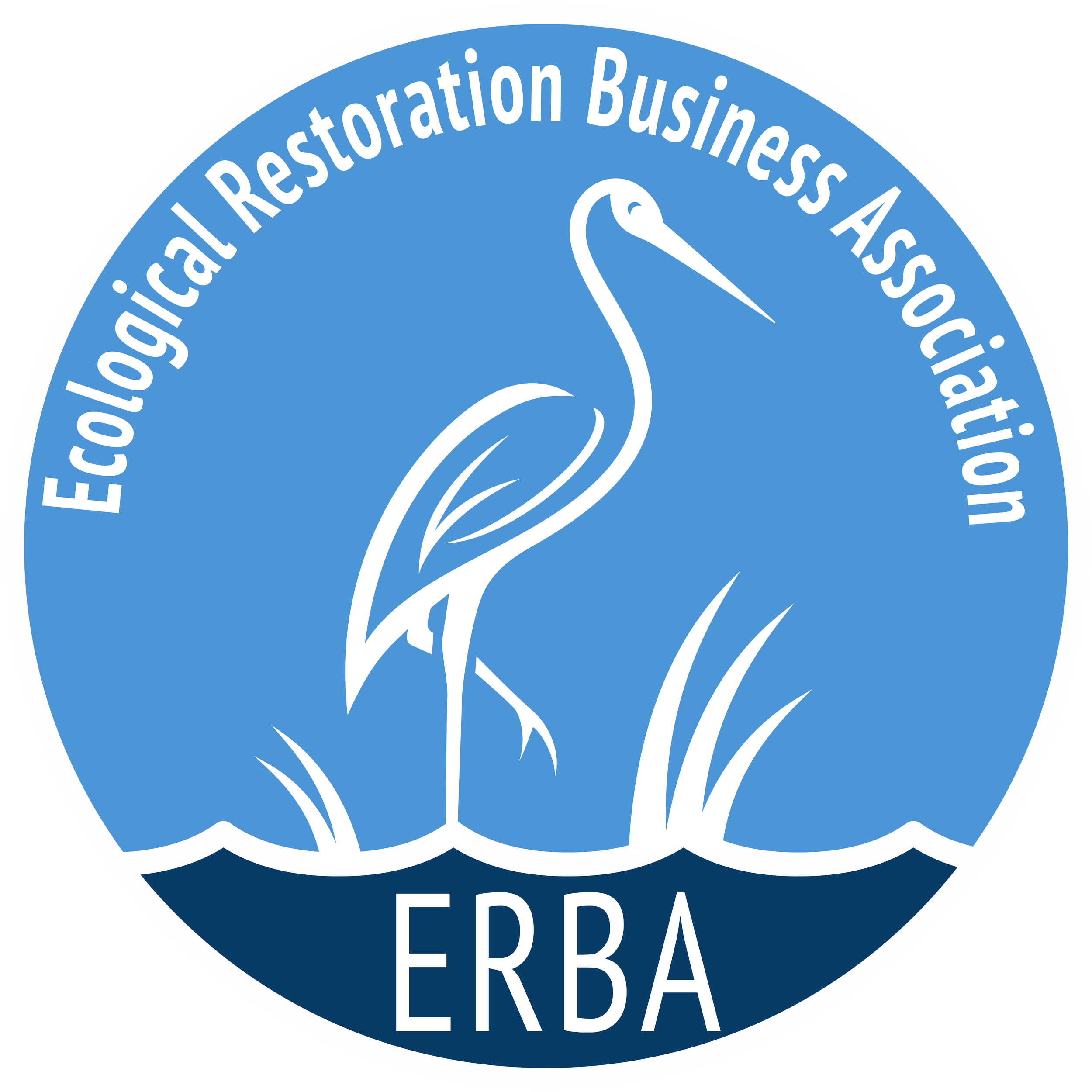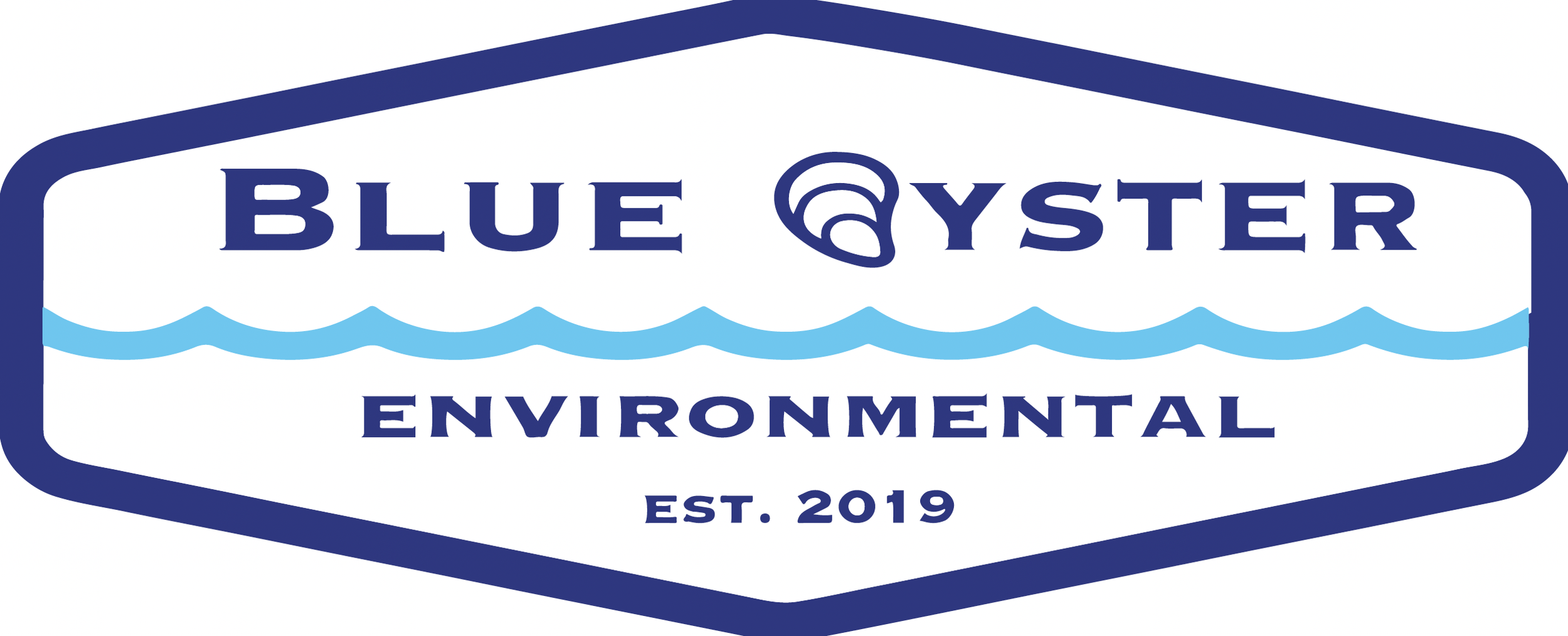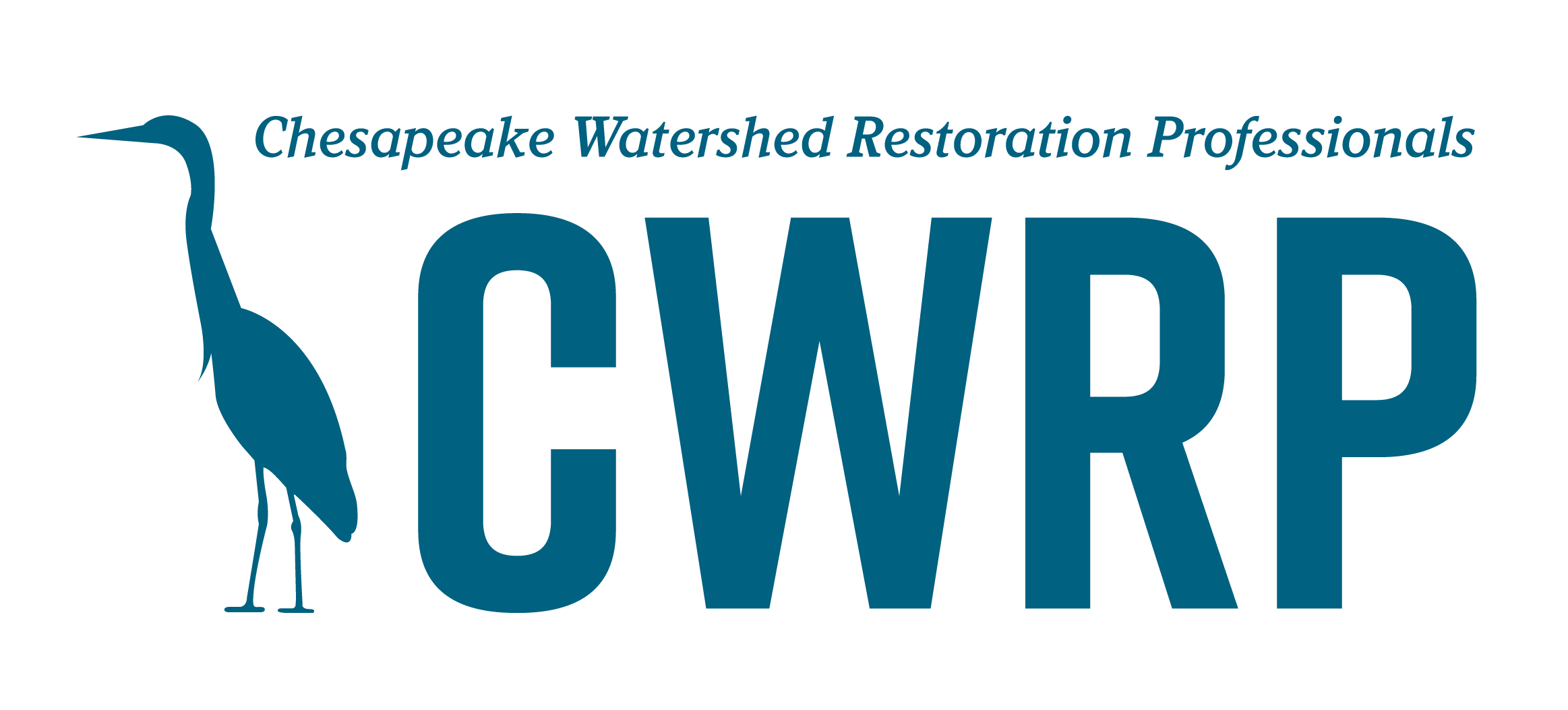Maryland Enacts Nation’s First Conservation Law Focused on Private Finance
MEDIA CONTACTS:
Jody Couser, (443) 703-8678
jcouser@chesapeakeconservancy.org
Timothy Male, (240) 274-0341
tmale@policyinnovation.org
Maryland Enacts Nation’s First Conservation Law Focused on Private Finance
Annapolis, MD - Today, Governor Lawrence J. Hogan Jr. signed into law SB0348/HB0653: The Conservation Finance Act of 2022.
The legislation has drawn praise from dozens of businesses and conservation organizations focused on improving the environment. The historic legislation makes a comprehensive suite of changes to state contracting law, environmental funds, and green infrastructure programs that will help achieve Maryland’s Chesapeake Bay, forest conservation, climate, and environmental justice goals without increasing the state budget.
The most important provisions in the Conservation Finance Act include:
Permitting green and blue infrastructure to be financed the same ways as gray infrastructure
Allowing the state to more simply purchase environmental outcomes, only paying when projects successfully deliver desired outcomes
Creating the first climate-inclusive definition of green infrastructure in state law, and the first-ever definition of blue infrastructure in any law
Appointing a commission to expedite permitting for ecological restoration and climate resilience projects and to promote green and blue infrastructure projects
Prioritizing environmental justice outcomes in a number of state-funded programs for the first time
Changes to state revolving loan funds to authorize financing for acquisition and restoration of forests and other natural assets
Billions in private finance are flowing into global conservation efforts, from $200 billion in carbon offset work to $4 billion in U.S. wetland and stream restoration. This bill was developed over a two-year process with the goal of helping Maryland attract at least $100 million of new private finance each year.
Passage of the legislation was led by Senator Sarah Elfreth, Delegate Regina Boyce, and Delegate Sarah Love and by co-sponsors Senator Jim Rosapepe, Delegate Dana Stein, Delegate Kumar Barve, Delegate Mary Lehman, Senate Guy Guzzone, Senator Will Smith, and Senator Katie Fry Hester.
The full text of the bill can be found on the Maryland General Assembly’s website. A section-by-section explainer, a catalog of letters of support, quotes from legislators, and more resources are available on the Environmental Policy Innovation Center’s website.
The following statements of support are attributable as noted.
Tim Male, Executive Director, Environmental Policy Innovation Center:
The Conservation Finance Act makes Maryland the first in the country to create a climate- and flooding-focused definition of green infrastructure and the first to define blue infrastructure–like oyster reefs and seagrass beds. Thanks to overwhelming support from legislators, Maryland is the first in the country to put into law this set of creative approaches for water infrastructure loans, better positioning Maryland for effective and just use of new federal infrastructure money.
Joel Dunn, President and CEO, Chesapeake Conservancy:
The sheer number and complexity of environmental challenges we face today and those of tomorrow demand innovation and an ‘all hands on deck’ strategy. The Conservation Finance Act will make environmental progress happen faster by speeding up the pace, increasing the scale and enhancing the effectiveness of restoration investments. It will help Maryland meet its goals outlined in the 2014 Chesapeake Bay agreement and provide a national model of how private capital can be part of the effort to conserve 30% of lands and waters across the nation by 2030.
Jeff Eckel, Chairman and CEO, Annapolis-based climate investment firm Hannon Armstrong:
Hannon Armstrong heartily applauds the Maryland Senate and House of Delegates and Governor Hogan for the passage of this historic environmental conservation law, which we believe will be model policy for advancing natural climate solutions across the country. With these innovative new measures now in place, we are eager to work with our partners to fund ecological restoration projects across our great state at a much larger scale.
Kim Coble, Executive Director, Maryland League of Conservation Voters:
The Maryland LCV applauds the passage of the Conservation Finance Act. This bill provides a long-term vision and process of how the State will achieve environmental outcomes and ‘signals’ to the private investment markets that Maryland is prioritizing conservation goals and creating policies to support these goals.
Doug Lashley, Managing Member, GreenVest LLC:
Kudos to the Maryland Legislature and the Governor for recognizing the importance of a Bill that will energize and better facilitate compliance with the implementation of water quality related environmental restoration projects on a more timely and cost effective basis for the State and its residents. This will help restore and protect our entire Chesapeake Bay Program ecosystem values for children and future generations.
Ashley Allen Jones, CEO, i2 Capital:
The Conservation Finance Act will position Maryland as an innovative problem solver and leader in the conservation finance field. It will create powerful incentives for the private sector to join in the effort to preserve and restore the state’s natural assets.
Mark Bryer, Director, The Nature Conservancy’s Chesapeake Bay Program:
Nature is essential infrastructure, and we need to invest in it the same we do in our roads and bridges. The Conservation Finance Act will help Maryland invest in nature more effectively and efficiently. The result will be more impactful and equitable solutions for clean water and climate mitigation.
Nick Dilks, Managing Partner, Ecosystem Investment Partners:
The urgency and scale of ecosystem restoration and conservation in Maryland and across the nation is pleading for innovative, cost-effective and expedited solutions. This groundbreaking law opens the door for such solutions by allowing and encouraging Pay-for-Success as a proven tool that accelerates the delivery of high-quality ecological outcomes while reducing costs to Marylanders. More restoration projects will increase local jobs and increase the health of the Bay; a rare win-win opportunity for both our environment and our economy.
Eric Letsinger, Founder and CEO, Quantified Ventures:
This Act positions Maryland as the national standard bearer for innovative environmental solutions through conservation finance. Marylanders will benefit from increases in private investment directly into bold solutions that generate environmental and economic outcomes, and from an increased focus on environmental justice. As a Maryland-based company we are thrilled to support this forward-thinking legislation that surely will inspire action from other states around the country.
George Kelly, Managing Director, Quantified Ventures:
Maryland is once again playing the role of a pioneer by adopting innovative conservation finance legislation that unleashes additional funding and financing for green and blue infrastructure. This Act enhances state revolving fund programs, leverages private finance in multiple ways, and clarifies procurement procedures to enable more outcomes-based environmental solutions.
Bill Crouch, Maryland State Director, The Conservation Fund:
At The Conservation Fund, we believe that the economy and the environment are intertwined and require balance. The Conservation Finance Act provides market based solutions that will more effectively allow investment in blue and green infrastructure just as we invest in bridges and roads. The CFA is a big win for equitably and economically balanced environmental solutions.
Leigh Whelpton, Executive Director, Conservation Finance Network:
With this legislation, Maryland sets itself apart as the first state to create this scale of enabling infrastructure, which will mobilize new sources of capital to address the state’s pressing social and ecological challenges.
Beth Hill, Director, Maryland Forests Association:
As the voice for sustainable forestry in Maryland, MFA was proud to support the Comprehensive Finance Act. The act will allow landowners to receive compensation from greenhouse gas markets, carbon credits, or soil carbon programs under certain circumstances, and encourages pay-for-success outcomes. These are just the kind of incentives needed to ensure our private lands continue to provide public benefits. Maryland’s forests are indeed both good for the environment and the economy!
Ruth Ann Norton, President & CEO of the Green & Healthy Homes Initiative:
In passing the Conservation Finance Act, Maryland has demonstrated its commitment to prioritize environmental justice outcomes in disadvantaged communities and to take tangible action to ensure dollars are used wisely to lower exposure to lead toxins. This legislation strengthens protections from lead in drinking water by directing funding from the Drinking Water Loan Fund to assess risks from lead in water pipes, develop a lead pipe inventory and provide for lead service line replacement.
Andrew Szwak, Mid-Atlantic Program Manager, Land Trust Alliance:
The Land Trust Alliance represents nearly 950 nonprofit land trusts – including 25 in Maryland – that count more than 5 million Americans as supporters. Land trusts are our nation’s primary drivers of private land conservation. The Conservation Finance Act creates unique and visionary policy tools that land trusts can use to protect and restore Maryland’s privately-owned natural resources. The Alliance applauds Maryland for setting a national example of strategic, cost-conscious conservation.
Tim Wigington, Vice President of Finance & Policy at The Freshwater Trust:
Our ecosystems and the communities who rely on them are under heavy pressure. They need bigger, better, faster results. Unfortunately, our outdated conservation funding and implementation systems were not built for speed, scale, or efficiency. Marylanders across the political spectrum should be commended for coming together to dramatically upgrade their conservation toolkit. These strategic reforms highlight a new way forward that we hope all levels of government will soon follow.
George Howard, CEO, Restoration Systems:
Given the economic contribution of the Chesapeake Bay to the State of Maryland and other watershed partners, it is critical for restoration and protection of the waters to remain a priority. To achieve our collective restoration goals, each public dollar must be spent as efficiently as possible and be leveraged to the maximum extent possible with private restoration efforts and investments. Restoration Systems is ready to be a full partner in that effort.
Jim Brown, Audubon Mid-Atlantic:
This important legislation will make it easier to conserve important habitat for both birds and people across Maryland. On behalf of the 35,000 Maryland members of National Audubon Society, we thank the Governor and legislature for this important step to protect critical bird habitat for the health of our environment and for future generations to enjoy.
Travis Cooke, Chesapeake Watershed Restoration Professionals:
The CFA will enable cost-effective investments in verifiable environmental outcomes, such as water quality improvements, reforestation, and coastal resilience. The CFA establishes frameworks that will accelerate the decades-long effort to restore the health of the Chesapeake Bay while also putting Maryland at the national forefront of climate resilience and responsible development and should provide long-term benefits to Maryland taxpayers and those whose livelihoods are dependent upon a healthy Bay.
Jordan Shockley, CEO, Blue Oyster Environmental:
We simply cannot achieve our Bay restoration goals without the participation of the private sector and private sector investment in cost-effective environmental solutions. Natural blue infrastructure, like oysters, is central to our Bay restoration success. So we applaud and thank the General Assembly and Governor Hogan for recognizing this reality and providing the incentives needed for a natural infrastructure economy to thrive right here in Blue Oyster Environmental's home state of Maryland.
###
About the Environmental Policy Innovation Center
The mission of the Environmental Policy Innovation Center - EPIC - is to build policies that deliver spectacular improvement in the speed and scale of conservation. We believe that innovation and speed are central to broadening efforts to conserve wildlife, to restore special natural places, and to deliver people and nature with the clean water they need to thrive. To achieve those goals, conservation programs must evolve to accommodate our modern understanding of human behavior and incentives, and the challenges posed by humanity’s expanding footprint.


